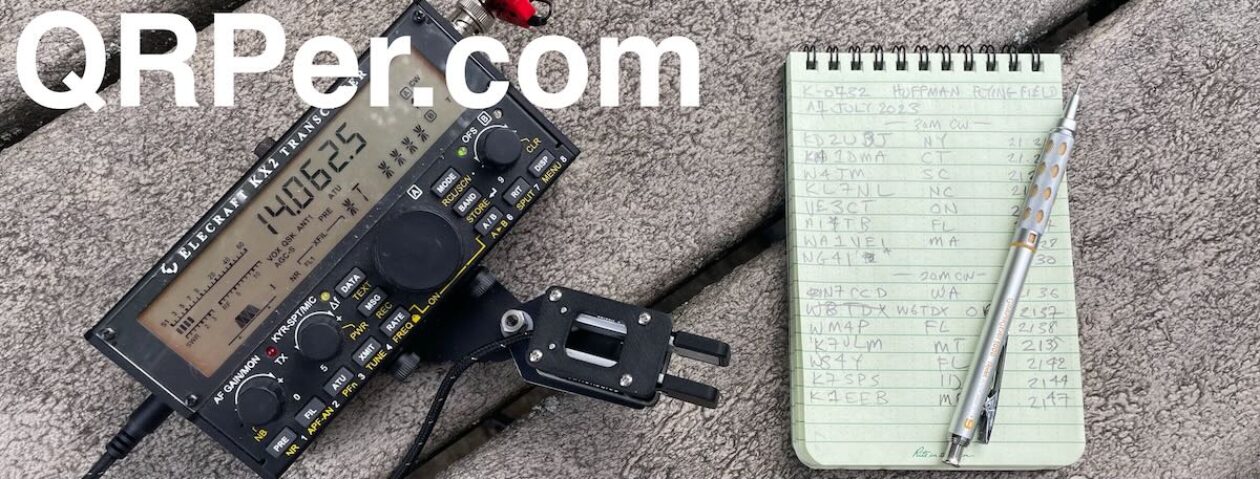CQ From Latvia with Love
by Leo (DL2COM)
A completely under-prepped SOTA & WWFF activation which turned out to be perfect
In preparation for a tough conversation a good friend once told me: “You know what, just walk into the fire. If you have bad news to deliver, don’t sugar coat it and do it right away. You’ll be fine.”
“Just walk into the fire.” I believe this can be applied to many other situations in life. While I would consider myself to be well-prepared on most trips, hikes and activations and getting a lot of joy out of optimizing my kits I try to stay open-minded. Imagine the things you would miss out on if you wouldn’t be spontaneous or only do things while fully prepared and 100% safe – even if it means taking risks.

Last Wednesday, I kind of walked into the fire. Not fire as in fire-fire but fire as in Latvian winter storm. In general this wouldn’t be such a big deal had I brought the right clothes, gear and shoes to my short business trip to Riga.
Due to very strict luggage restrictions I could only bring one small backpack for three days. Inside I had enough room for a laptop, washbag, spare clothes and the compact QCX-Mini Kit I built for exactly these occasions. I was wearing sneakers and jeans. At this point I had not planned a specific activation but I wanted at least to be able to operate YL/ & /p maybe 30 minutes from a nearby park – not a problem if you can jump right back into the warm hotel afterwards.

During our stay, my schedule for Wednesday morning freed up so I decided to try activating one out of only three SOTA summits in Latvia: YL/YL-003. It turns out this summit is also located within WWFF territory YLFF-0007 about a 1,5h drive from Riga. Big Thanks to Val (YL2SW), Latvia’s WWFF manager, for assisting me with local rules and processing my log. A quick look at the weather forecast showed freezing temperatures, 90% chance of snow, heavy winds and overcast. Many of you will understand why a SOTA&WWFF combo in a rare country could be a small reason not to use the hotel’s sauna on a day like that. Sometimes things just need to get done.

I got up early the next morning and was very happy to be able to grab a Bolt rental car from the street and get going quickly. The drive went by without issues up to a point just about 3km away from the mountain (well, 1-pointer hill I should say). The roads were completely covered in snow so I could barely see where I was driving. Latvia is a rather flat country but here it started to get a bit hilly and the tires were certainly not cut out for that. Continue reading CQ From Latvia with Love
















































